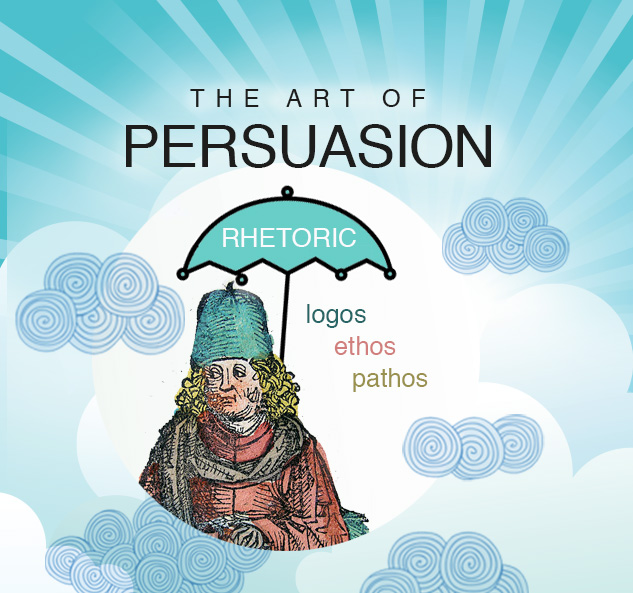-Purposeful Communication in the Public light-
When a speaker takes the stage before an audience, whether it be three or more, even four score, they hold the artistic power in hands to “persuade.” However, not all speakers can master this art of persuading because though anyone can talk- once our speech organs are fit to do so, not everyone can speak in an effective manner. Rhetoric is the art of persuasive communication, it comes more naturally for some then others.
Rhetoric as a verbal Art
Practitioners of Rhetoric are those public speakers we see in the media, at graduation ceremonies, guest speakers at formal events anyone along those lines. They are expected to process certain key qualities which compliment their delivery to an audience.
Assertiveness – A level of confidence of their self, not to be mistaken for arrogance.
Influential– Motivational speakers usually epitomizes this quality as their speeches are delivered with the intent to move people to action.
Verbal appeal– Rhetoric Speakers use colourful language
The Art of Rhetoric is cannoned and further elaborated on in 5 distinct sections
| Invention |
Brainstorming phase where speaker gathers the ideas to conceptualize the purpose for the potential speech.
| Arrangement |
Organizing ideas and intended message for maximum impact
| Style |
How fitting are the word choices, figures of speech and language.
| Memory |
Retaining learning and knowledge to intern produce the speech
| Delivery |
The speakers gestures, pronunciation and tone.
This tradition has historical traces of gender biases as in earlier times speaking in public was only seen as a man’s calling. This is far from the reality today as many women grace the stage of public forums to make impactful addresses. from the technical and explanatory with TED talks by runway model Cameron Russell to former first lady, Michelle Obama’s Democratic National Convention speech back in 2016.

Former First-lady of the United States Michelle Obama.
Aristotle’s Art of Rhetoric which public speakers use to their advantage to convince an audience the message is worth believing.
Ethos 
E: Speaker credibility in being an experienced professional of the field or trusted expert, persuades the audience of trustworthiness in what you’re saying.
If science says it would you believe it? or would it be more believable depending on who says it? You may more trust an architect at a on women’s health seminar talking about the complications of breast cancer if she happened to be a survivor herself because of first-hand experience secures a level credibility as if a medical doctor listed the similar symptoms which she experienced.
Pathos
P: Crafting a message to appeal to the emotions persuades an audience.
Let’s say this said women’s health seminar the survivor was experiencing symptoms in her mid-twenties while she was conducting her architectural her studies, this may most likely appeal to the younger women in the audience emotions and move them to action to practice regular self-examinations.
Logos
L: Rhetoric speech Targeting the intellect using scientific data and research findings.
These methods are very effective in persuading an audience of a factual message. For instance, phrases such as science says or one in approximately 2000 women are likely to develop breast cancer in their 20’s.
